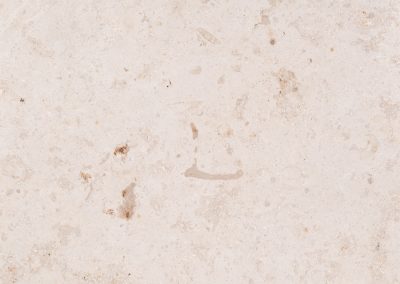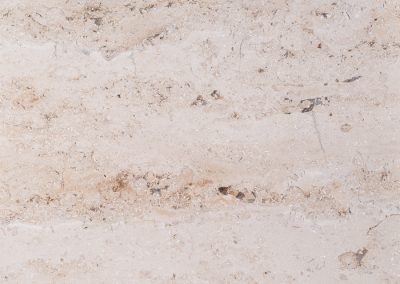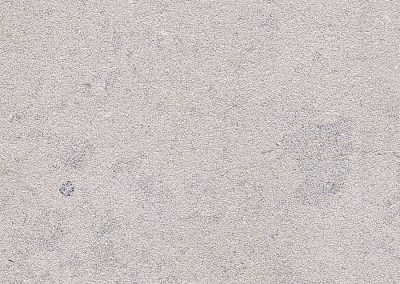Jura Limestone
Jura limestone was formed from sedimentation in an area of tropical lagoons some 140 to 220 million years ago. The result of this process is one of the defining features of the stone as we find a wide variety of fossilized creatures including ammonites and belemnites among other fossils making each piece of stone unique and inimitable. Today the Jura region represents one of the largest known natural stone reserves in the world and is abundantly available for future generations.
The stone has a longstanding track record as it has been quarried and used for buildings dating back to the Roman Empire, remnants of walls and towers can still be found in the Jura region today. Further proving its longevity as a building material, the Cathedral and the Willibaldsburg in Eichstätt were built using the stone, the former consecrated in 1060, the latter commissioned in 1353, both of which still stand today.
The high-density, class III limestone is quarried in layers or benches with each bench having its own distinct characteristics and suitabilities. Depending on the bench selection Jura limestone can be used for virtually any application, from flooring for high-foot traffic areas for shopping malls, airports and office buildings to high-rise facades, certain selections are also suitable for exterior paving and garden and landscaping products in freeze-thaw conditions. The stone is available in beige, gray and mixed color and depending on the finish and selection of the stone a wide range of color shades and visual appearances are achievable. Specific benches also exhibit more pre-historic fossils where the history of the stone can be seen than others that appear calmer. Typically cut along the grain (with the bedding), certain layers of Jura limestone can also be cut against the grain (bedding) giving it directional character similar to travertine.
Jura limestone comes in various shades of beige and grey and is suitable for any application.



























